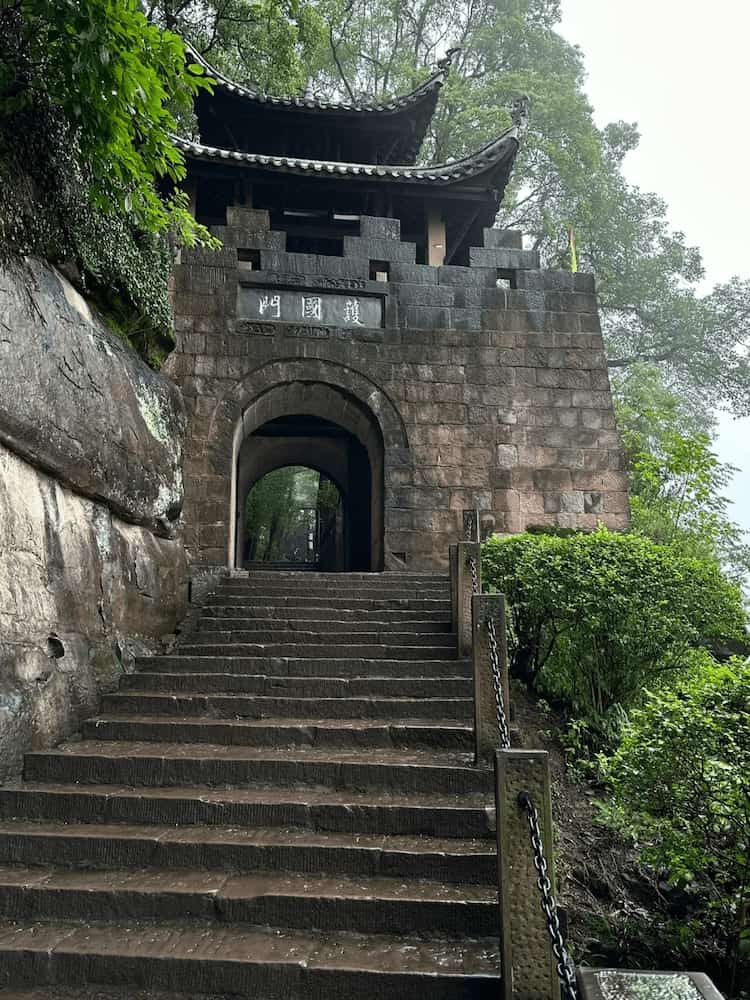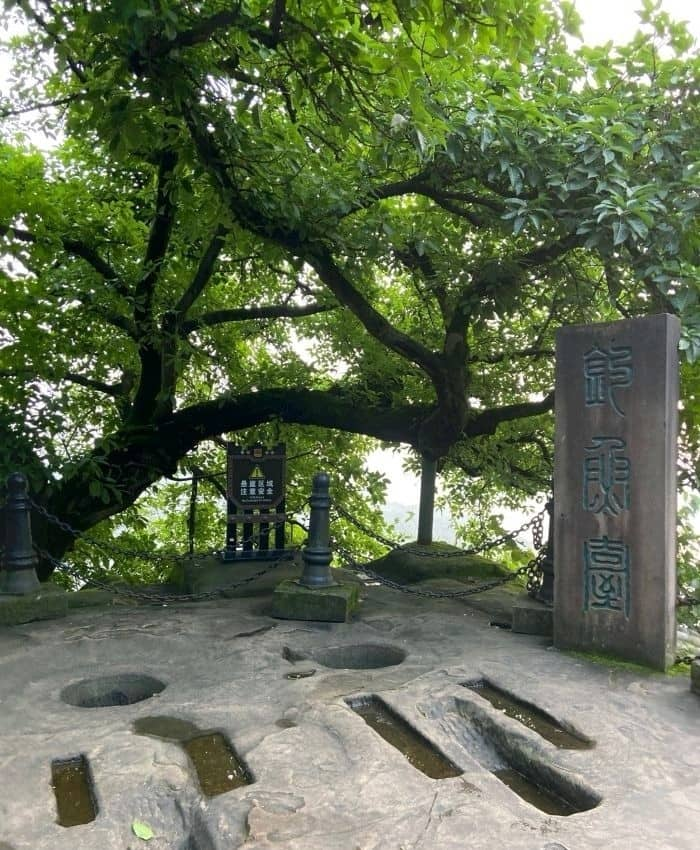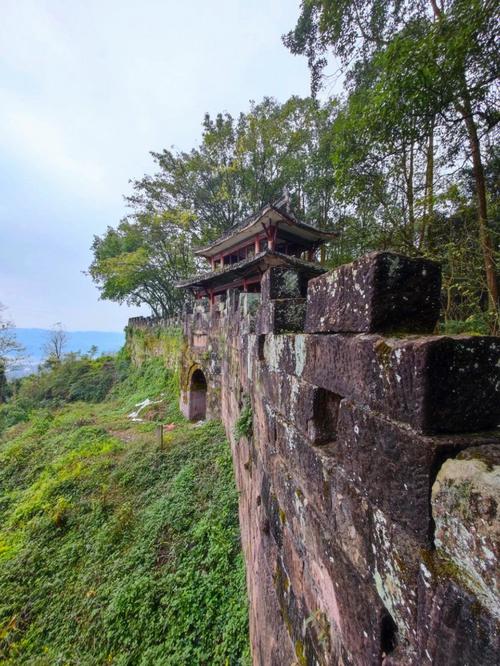Free from tourist hordes: Step into a real medieval battlefield just 1 hour from Chongqing
Along the banks of the Jialing River in Hechuan District, Chongqing, stands an ancient fortress that remains little-known yet holds extraordinary historical significance—Diaoyu Fortress (Fishing Town Fortress). This seemingly ordinary mountain stronghold achieved a military miracle in the 13th century, earning it the title “Where God Broke the Whip”—a reference to the death of Mongol leader Möngke Khan. Today, let us uncover the secrets of this legendary fortress.
I. The Rise of Diaoyu Fortress
Built in 1243 AD during the Southern Song Dynasty, Diaoyucheng was constructed under the orders of Yu Jie, the Sichuan military commissioner, following advice from brothers Ran Jin and Ran Pu. As Mongol forces swept across Eurasia, this fortress became the core of Chongqing’s mountain defense system.
Despite its modest appearance, Diaoyu Fortress held out for 36 years against relentless Mongol attacks. Its most famous moment came in 1259, when Möngke Khan died during the siege—an event that altered the course of world history. Today, it stands as one of history’s longest-holding fortresses, often compared to Troy in military significance.
II. Must-See Attractions
1️⃣ Huguo Gate & Ancient Walls
- The main entrance to the fortress, where you can still sense the defiant spirit of Song defenders.
- The 10-meter-high stone walls, built along mountain ridges, remain intact after 700+ years.

2️⃣ Fishing Platform (Diaoyutai)
- A natural rock platform where, according to legend, a giant god once fished to feed starving people.
- Offers panoramic views of the confluence of three rivers (Jialing, Fu, and Qu).

3️⃣ Zhongyi Temple & Huguo Monastery
- Honors Song Dynasty heroes like Wang Jian and Zhang Jue with statues and inscribed steles.
- The adjacent Huguo Monastery (built in the 1200s) features ancient trees and serene courtyards.
4️⃣ Nine-Cauldron Site
- Nine mysterious 1.5m-wide stone pits believed to be an early gunpowder workshop—potentially the world’s oldest.
III. Military Genius of Diaoyucheng
✔ Mountain Terrain Advantage: Used cliffs and rivers as natural barriers, minimizing wall construction.
✔ Self-Sufficiency: Farmland and rainwater reservoirs (“Sky Pools”) allowed years of siege survival.
✔ Layered Defense: Multi-tiered walls, watchtowers, and early cannons created an impregnable system.
✔ Civilian-Soldier Model: Farmers-turned-fighters sustained the fortress’s resistance.

IV. Travel Guide
Best Time to Visit: March–May & September–November (mild weather). Summer offers dramatic river views.
Transport:
- Drive: 1 hour from Chongqing via Yu-Wu Expressway.
- Bus: From Chongqing’s Caiyuanba/Chenjiaping stations to Hechuan, then transfer.
- High-Speed Rail: 30 mins from Chongqing North to Hechuan Station.
Ticket:
- ¥60 (peak) / ¥40 (off-peak)
- Hours: 8:30 AM–5:30 PM (extended to 6 PM in summer).
Nearby Attractions:
- Laitan Ancient Town (40-min drive)
- Wenfeng Ancient Street (local food hub)
- Shuanglong Lake (scenic reservoir)
V. Global Historical Impact
1️⃣ Möngke Khan’s death triggered a Mongol succession crisis, halting their European expansion.
2️⃣ Pioneered mountain warfare tactics against nomadic armies.
3️⃣ Symbolizes Chinese resilience against overwhelming odds.
4️⃣ A treasure trove for studying medieval military architecture.
UNESCO Status: Listed as a World Heritage tentative site (2012).
Final Thoughts
Walking Diaoyucheng’s stone paths, touching its weathered walls, you’ll hear echoes of 700-year-old battle cries. More than a tourist site, it’s a living history book—one that speaks of ingenuity, courage, and the power of terrain.
For history lovers or seekers of cultural-natural wonders, Hechuan’s Fishing Town Fortress is a must-visit. Here, breathtaking landscapes meet world-changing history.
